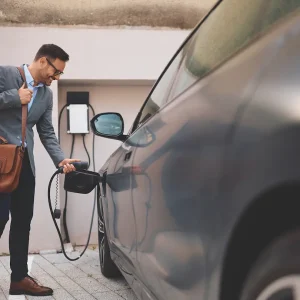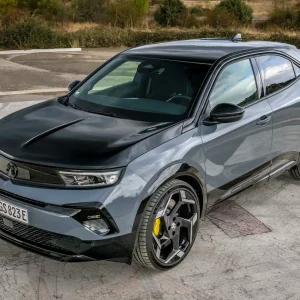I have done pretty well in remembering landmark dates this year. I didn’t forget my wife’s birthday or our anniversary, and I certainly didn’t miss the British Grand Prix…
Sharing the burden
I have done pretty well in remembering landmark dates this year. I didn’t forget my wife’s birthday or our anniversary, and I certainly didn’t miss the British Grand Prix. However, one day that did pass me by was the 9 June: National Liftshare Day, a celebration of sociable driving, reduced CO2 emissions and cost cutting.
Back in March, transport secretary Ruth Kelly launched the UK’s first motorway car share lane on a 1.7-mile stretch linking the southbound M606 near Bradford to the eastbound M62 towards Leeds. It is open to cars and taxis with two or more occupants, as well as buses and coaches, bypassing a notoriously congested route for drivers.
In Birmingham, similar designated car sharing lanes are on trial. While in Swindon, where I am based, the local council has set up a website to match people who make similar journeys into the town. So momentum is building to encourage drivers to share their journeys.
And it’s not just the authorities that are getting involved, business is too. A good example is at BSkyB’s offices in Dunfermline and Livingston. All executive parking spaces have been scrapped to make way for bays designated to workers using its lift-sharing programme.
Plus there is precedent around the world. Car-sharing lanes have been a part of southern California driving for years.
Their “diamond lane” requires at least two passengers to be in the car, and it operates very successfully. UK research is also starting to come through showing that a growing number of people are beginning to car share in order to take the sting out of the increased cost of fuel.
So surely adoption of lift sharing is a formality. Well, despite its merits, not in all cases. Many business in the UK rely on showing flexibility in order to be successful and lift sharing employees cant always operate this way. So there remains a reliance on the use of flexible transport methods, generally in the form of driver-only occupant cars.
The story is much the same for many commuters as lift sharing doesn’t allow you to easily change your plans. Consequently a spontaneous trip to the gym after work could leave your sharer stranded.
So, if it makes sense for you, do the sociable thing, and whenever possible car share as the cost and environmental benefits are obvious. Plus it takes a bit of pressure off as you only need to drive half as much. Its common sense really, for those who have to travel as part of their work, travel, and those who could use alternatives, if possible use them.





